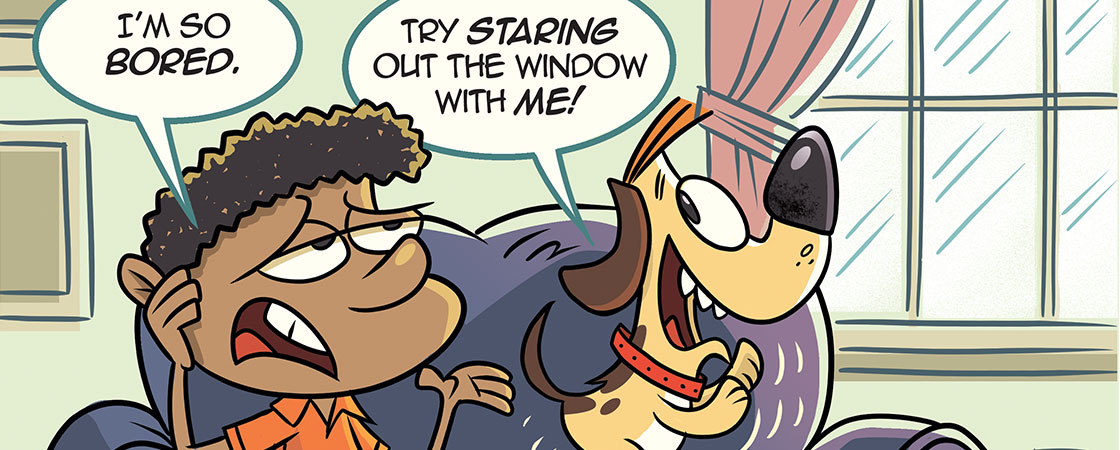Here’s a cool concept: Being un-bored. There’s a full line of Unbored books and activity kits meant to inspire creativity that’ll give you great recess ideas on rainy days and snow days.

Is it OK to Be Bored Sometimes?
Some experts say that just sitting around with nothing to do can be a good thing

Standards
Show your kids these boredom-busting arts & crafts activities, most of which require stuff they’ll have around the house. (Note: Start at the 1:10 mark.)
Start a conversation about boredom: Who feels like they get bored easily? Who has their own way to amuse themselves when they’re bored?
1. PREPARING TO READ
Have students preview the text features. Ask:
What is the topic of the debate? (Prompt students to use the debate title and the heading on the chart as clues.)
What are the two opinions people might have about this topic?
2. READING THE DEBATE
Depending on the reading level of your students, read the debate as a class or break the class into groups.
Have students read the debate a second time. Prompt them to highlight evidence supporting each side as they come across it. Using two different colors of highlighters would be useful here.
3. DISCUSSING
As a class or in groups, have students discuss:
Which opinion has the best evidence to support it?
Is one side stronger than the other? Why?
What is your opinion? What evidence helped you form your opinion?
For more advanced readers: Do you think the author has an opinion on this issue? What is your evidence?
4. WRITING
Have students complete the chart in the magazine or our full-page printable chart.
Guide students to write an essay on the debate topic, using the chart they filled out.
5. CHECK COMPREHENSION
Have students complete our comprehension quiz.
